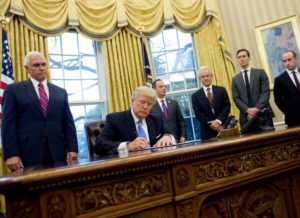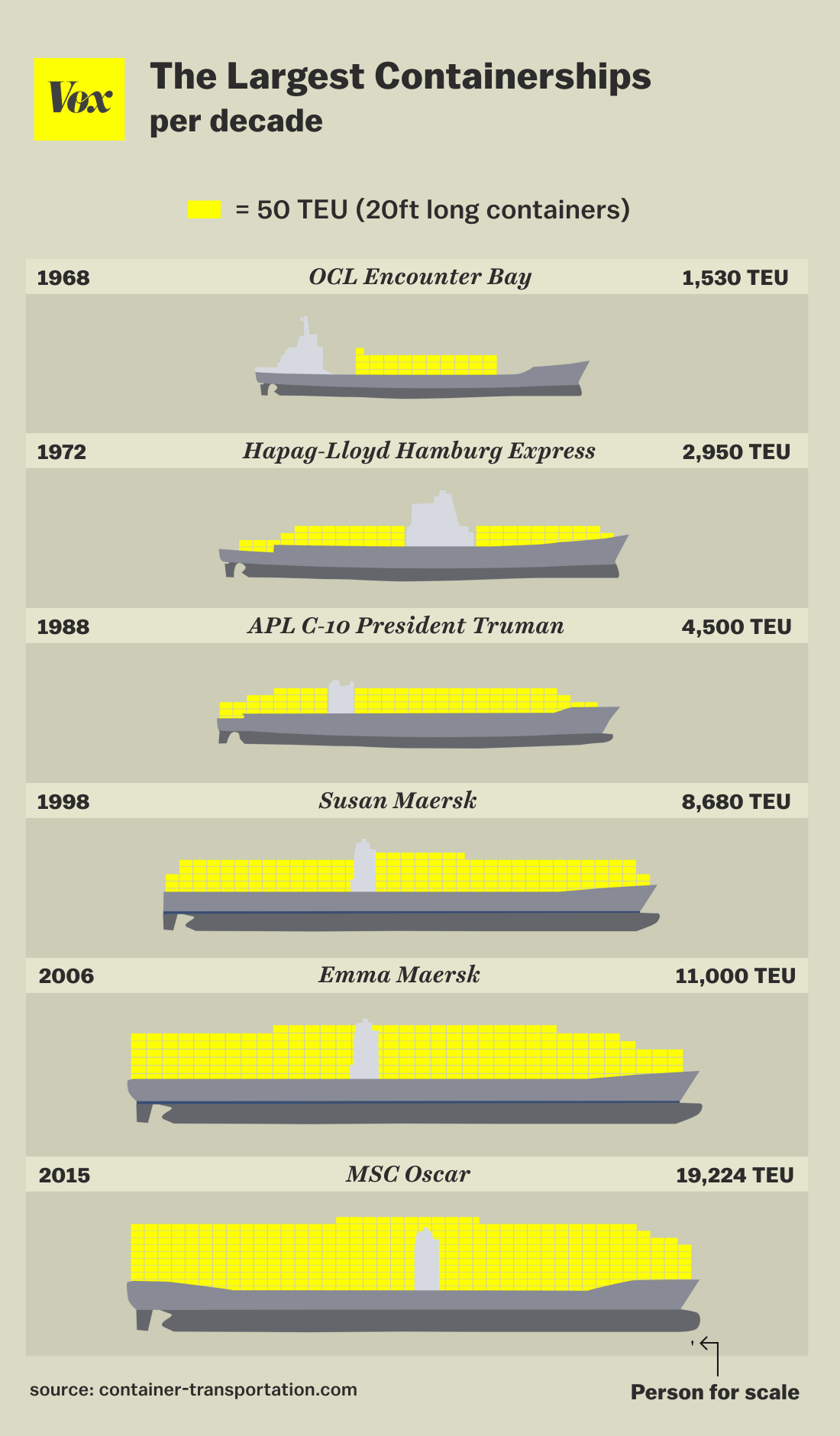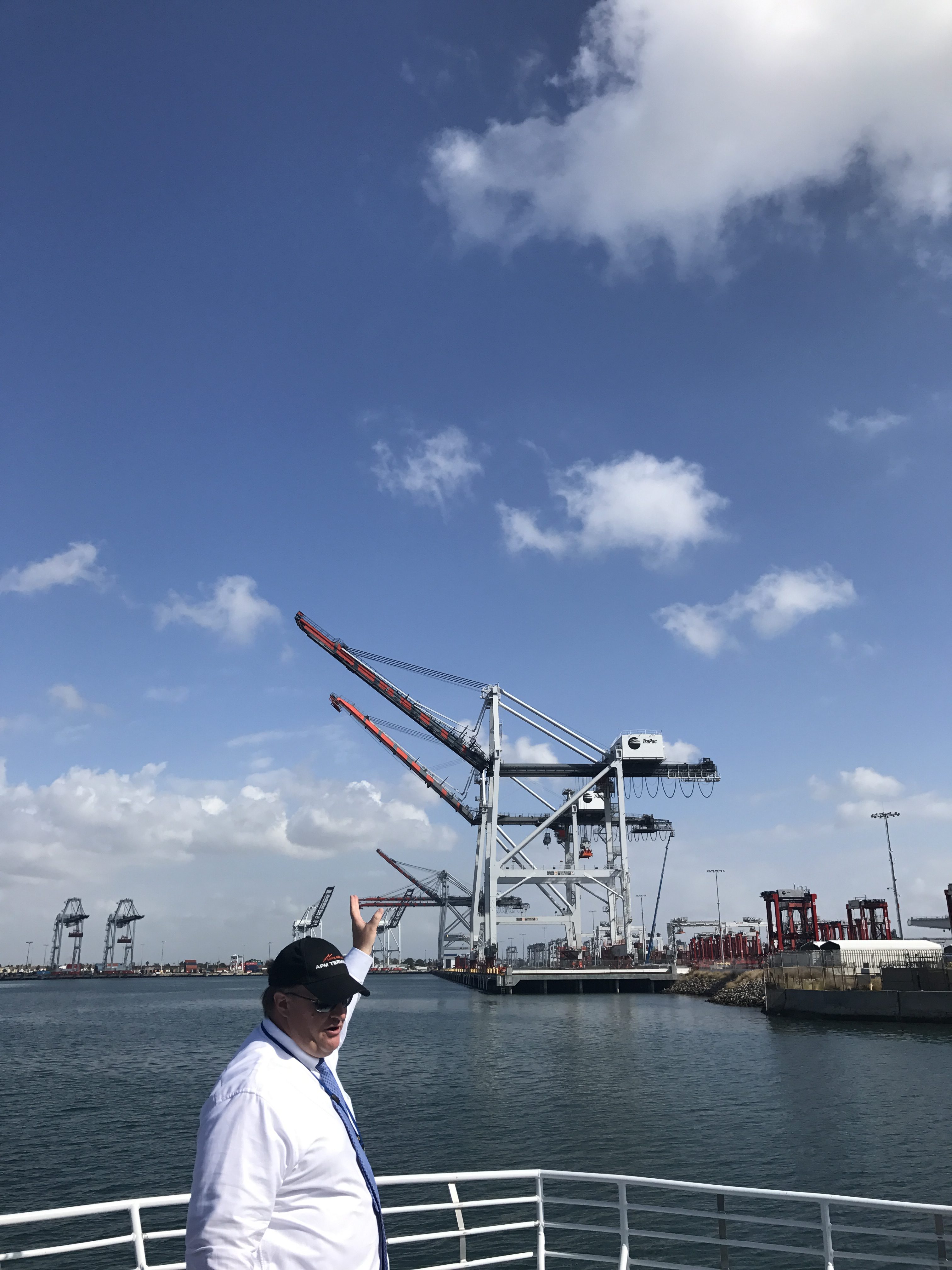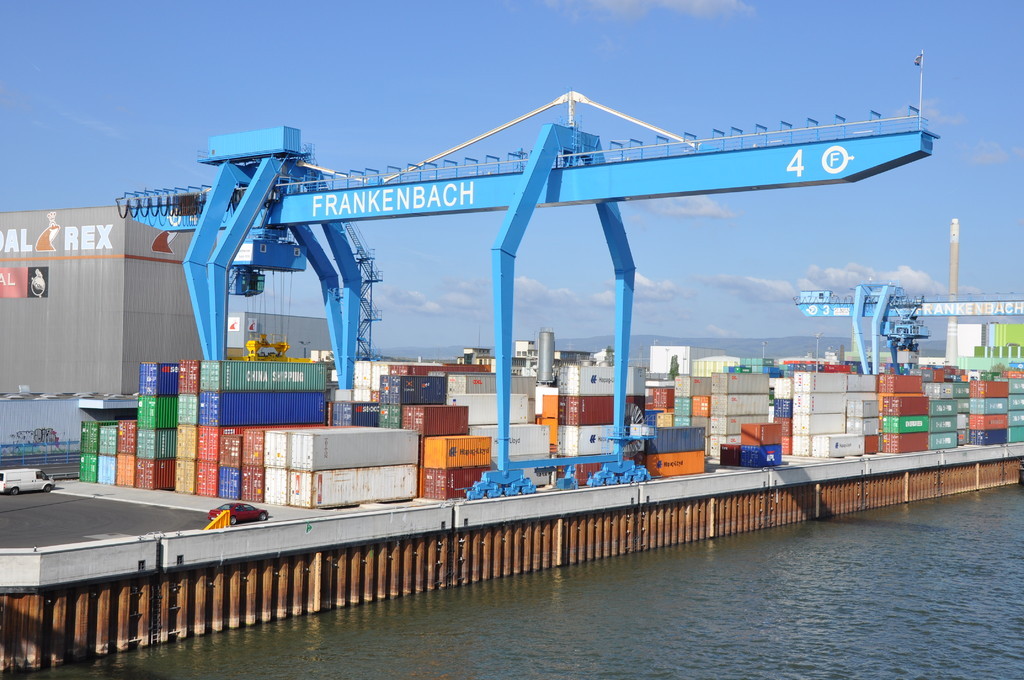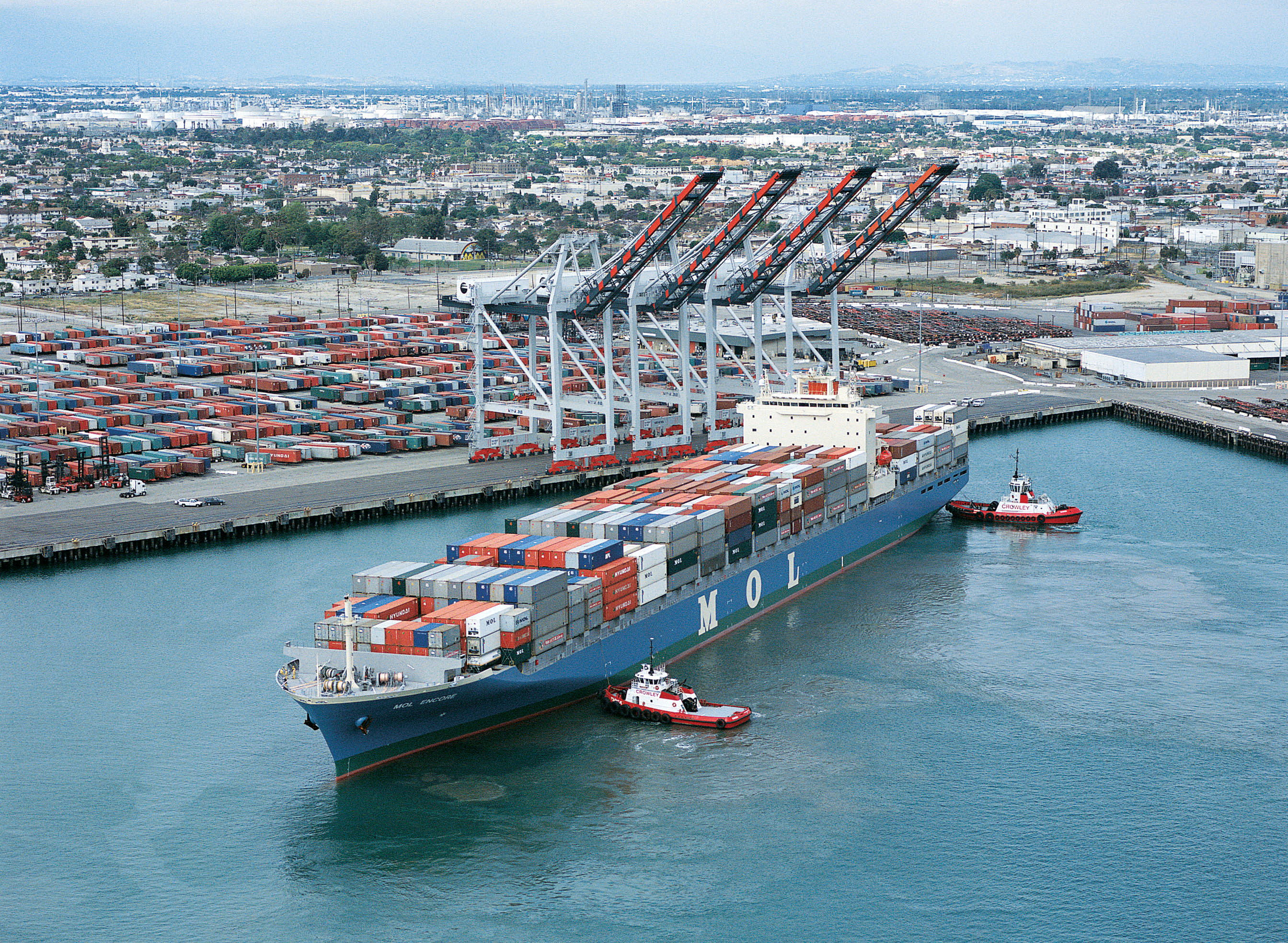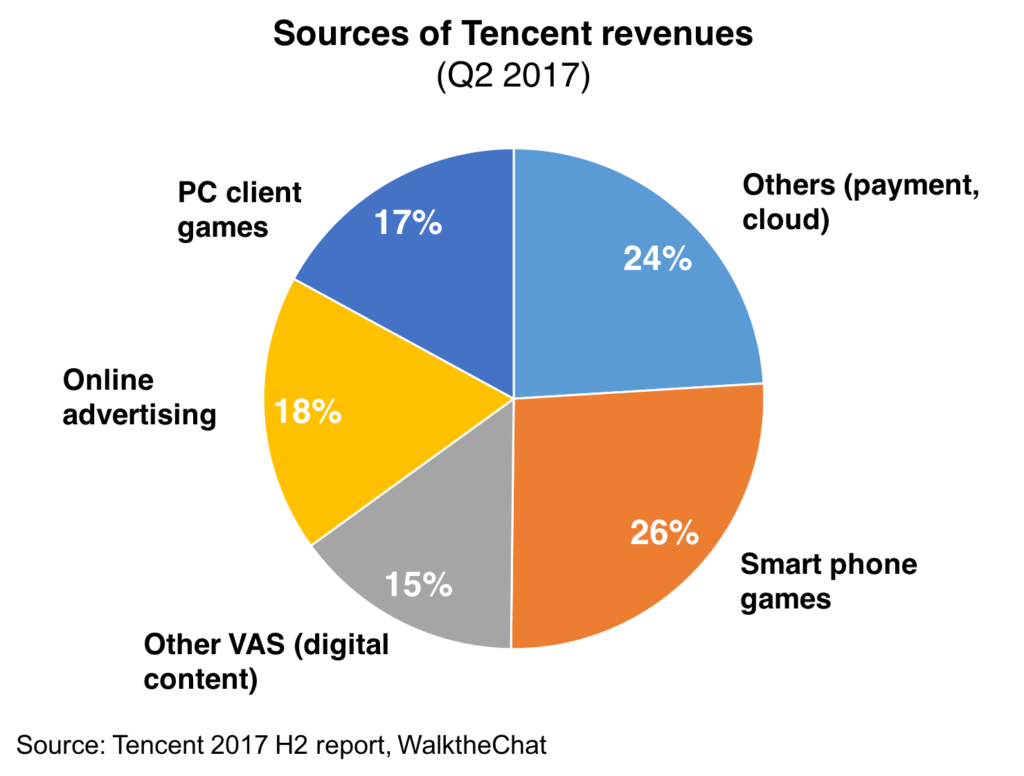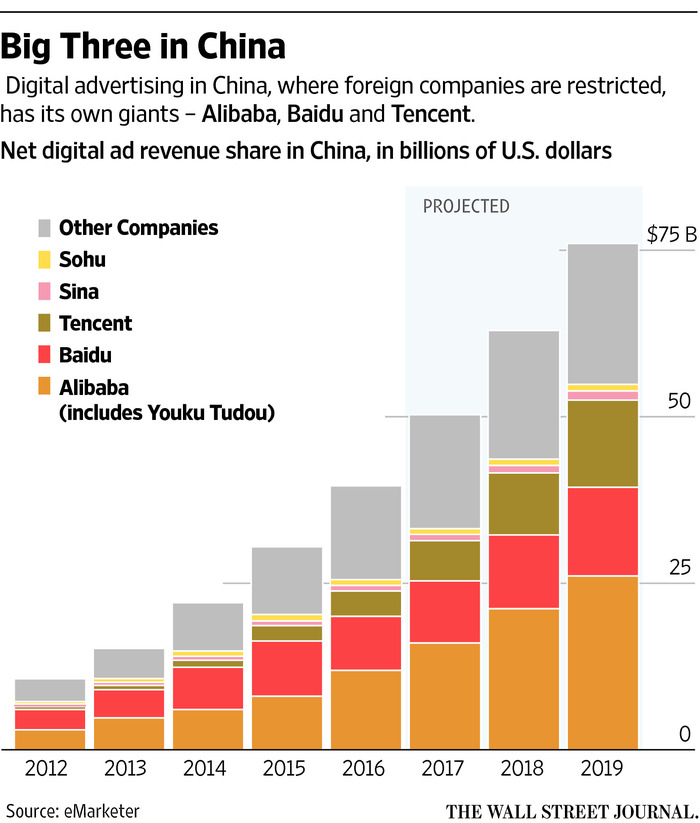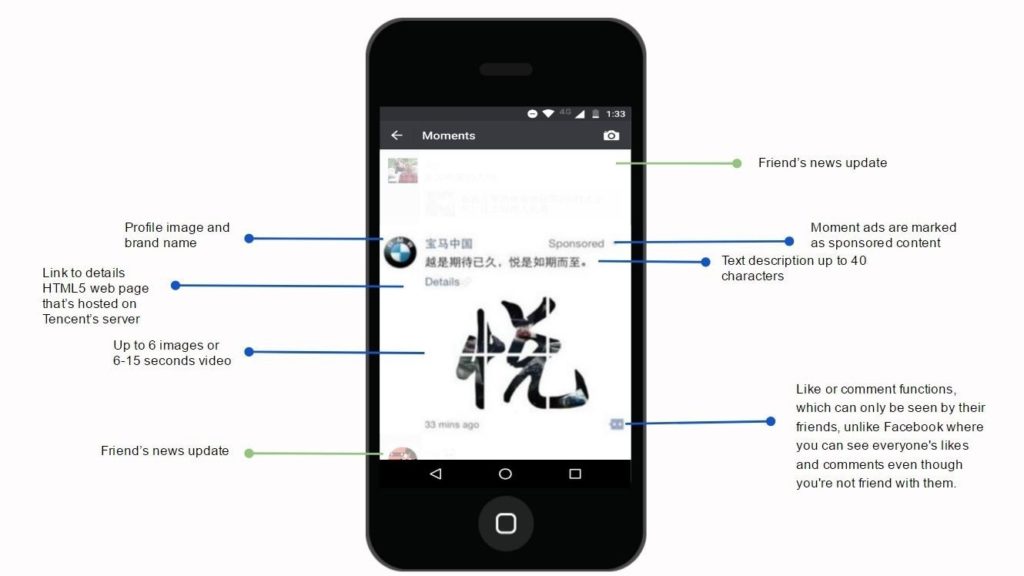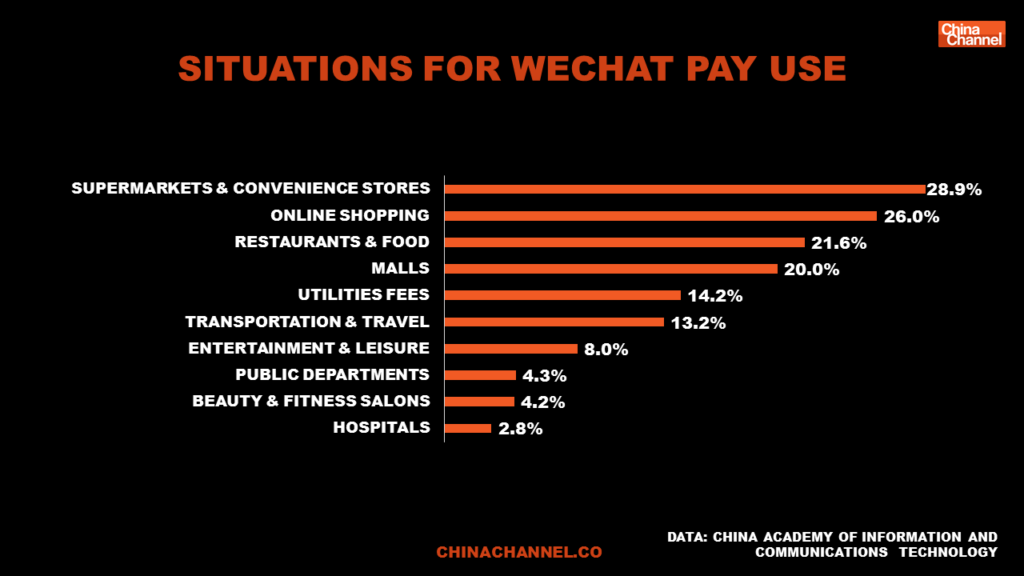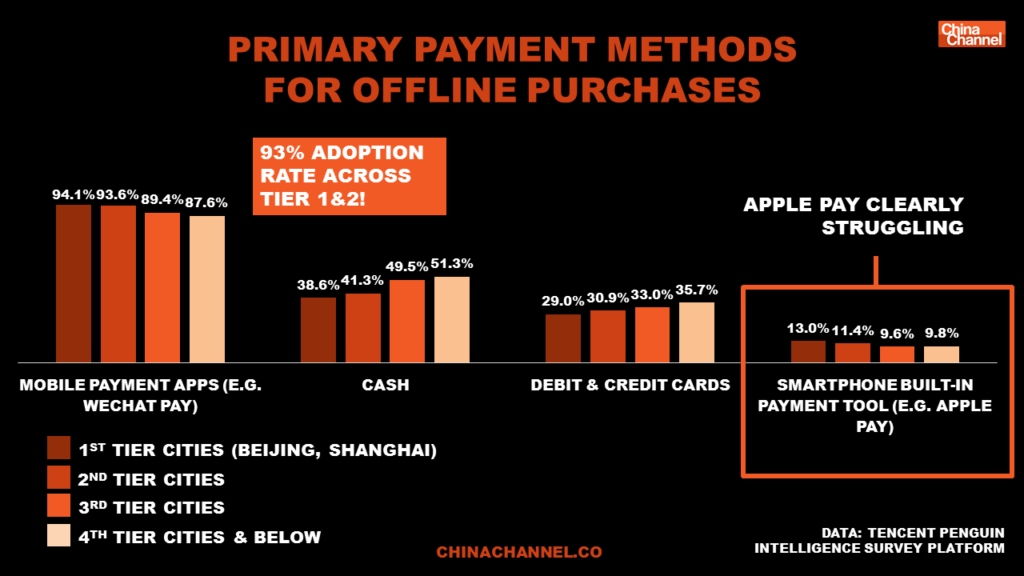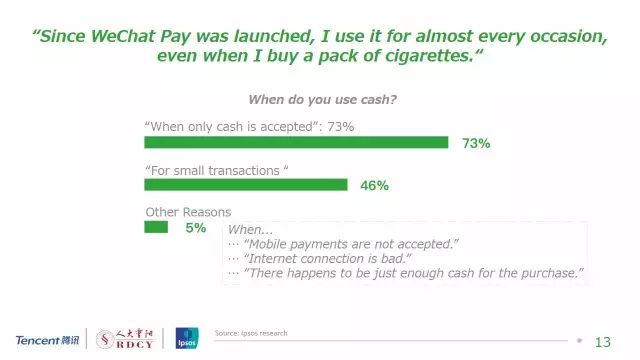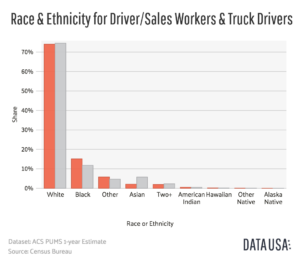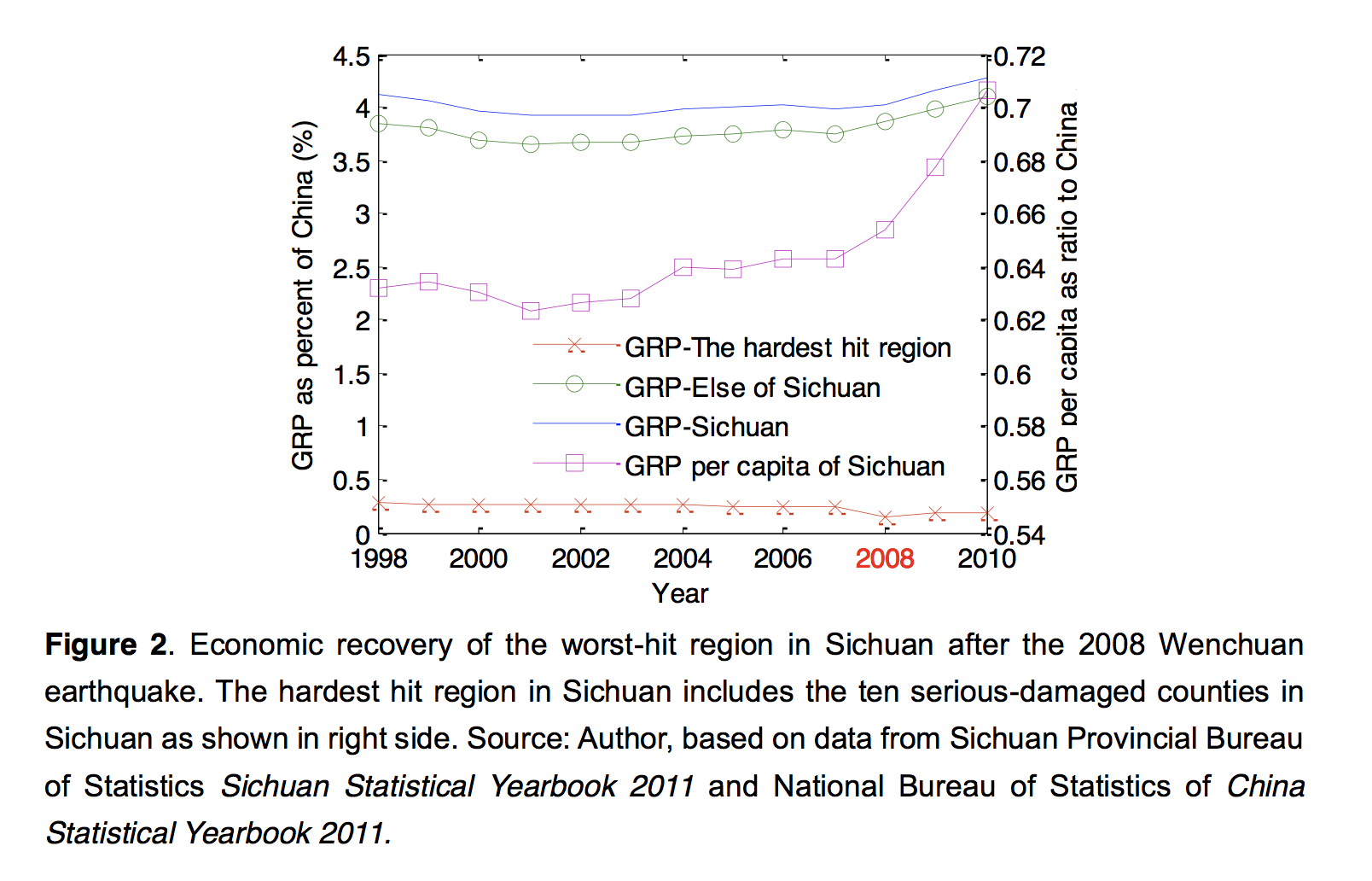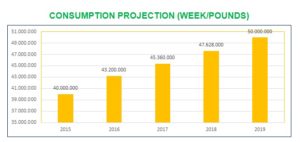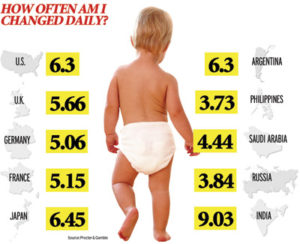President Trump withdrew the U.S. from TPP after taking office, which was one of the promises he made during his campaign trail.
But if like me, you still don’t really understand what TPP is or know what it even stands for, here’s a little breakdown.
TPP, the Trans-Pacific Partnership, involves twelve countries bordering the Pacific Ocean. It was “aimed to deepen economic ties between [those] nations,” and “designed so that it could eventually create a new single market, something like that of the EU,” said BCC. It was supposed to “[level] the playing field for American workers and businesses, supporting more Made-in-America exports and higher-paying American jobs,” according to the government’s statement.
Basically, it had potential to exponentially grow the American economy, allowing trade without tariffs or restrictions between some of the most powerful nations. The Peterson Institute for International Economics estimated that the U.S. national income would increase by $131 billion a year by 2030 under TTP.
So how did people take Trump’s withdrawal of TTP?
On one side, “[big] businesses are howling that Trump is undercutting their ability to sell to the vast majority of the world’s consumers” (CNN), while on the other hand, there is praise in that Americans are being put first. In other words, critics believe that TTP would destroy American jobs.
The New Yorker argued that the trade agreement “wouldn’t have had much direct impact on blue-collar workers” due to the fact that “global shift away from tariffs and other trade barriers began in 1964 and was, largely, complete by the mid-two-thousands.” A job couldn’t determine the number of jobs available, only economic activity can.
Trump is currently renegotiating NAFTA, the North American Free Trade Agreement, which is a trade deal between the U.S., Canada and Mexico. He wants to reduce deficits between the U.S. and Mexico, because, for example, “[in] 2016, Americans bought $55.6 billion more imports from Mexico than vice versa” (qtd. in The Balance).
There is also talk that President Trump could end up eliminating NAFTA on top of TPP. A decision has yet to be made.
